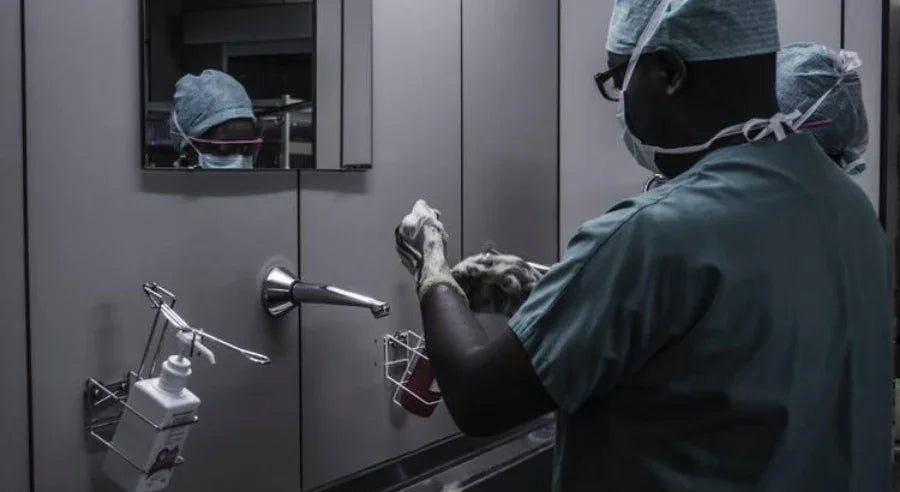LIVING WITH INCONTINENCE
Incontinence exercise
Read moreFREE SHIPPING ON ALL ORDERS!

Post-Operative Urinary Retention (POUR) is the inability or difficulty in passing urine after an operation and is one of the most common and frustrating side-effects of a general anaesthetic, thought to affect up to 70% of patients. (Exact numbers are unclear there are no global standards for measurement). For most, the problem will be minor and resolve itself, but for about 5% it will be serious enough to require intervention such as a catheter.
An epidural is an anaesthetic administered around the spinal cord, affecting only the lower part of the torso which is why it’s often used for pelvic surgery and childbirth. Research has shown that in some instances, it can compromise continence.
Although it’s often referred to as ‘going to sleep’, a general anaesthetic is actually a medically induced coma that renders the patient unconscious and unresponsive. Unlike sleep, this state slows or stops certain involuntary brain functions, including the nervous system that sends messages to the bladder to contract and release urine.
An epidural is usually a combination of a local anaesthetic and a narcotic. The first blocks pain, touch and movement, while the second dulls pain without affecting your ability to move your legs. Using these drugs together keep doses lower than if used in isolation.
The ‘numbing’ sensation in the pelvis extends to the pelvic floor and bladder muscles, inhibiting the ability to sense and control urination, however it typically restores itself when the drugs wear off the leave the system.
In some cases, it can cause changes in the bladder neck position and the urethral closure function in women. You can read more about that in this research paper.
Factor that can increase someone’s chances of experiencing POUR include:
If you experience difficulty urinating or completely emptying your bladder after surgery, make sure you let the doctor or nurse know. Chances are, they will ask if you have passed urine or are having difficulty. In the majority of cases, the problem will resolve itself with a bit of time, but if the bladder is full and won’t release, a catheter will be inserted, and the urine drained. Patients aren’t discharged until the matter is satisfactorily resolved.
Knowing what to expect is the best way to manage any anxiety. Talk to your surgeon regarding your specific procedure, the risks of postoperative continence issues and how it’s monitored and managed at the hospital you’re attending.
If surgery has caused on-going incontinence, make sure you discuss it at your follow-up appointment. In the meantime, you may find security and comfort in wearing an absorbent product. The entire TENA range has been designed to handle the thinner, faster flow of a weak bladder, rapidly absorbing and locking away fluid, keeping you dry and odour free.
Products range from those designed to handle just a few drops or a small gush (Shields for Men or Incontinence Pads - TENA Gaurds and Liners for Women) through to the complete protection of absorbent pants, also designed for Men and Women.

Take advantage of our Product Finder Tool, and Free Samples find the product that best suits you.
Sources:
Asaleo Care makes no warranties or representations regarding the completeness or accuracy of the information. This information should be used only as a guide and should not be relied upon as a substitute for professional, medical or other health professional advice.